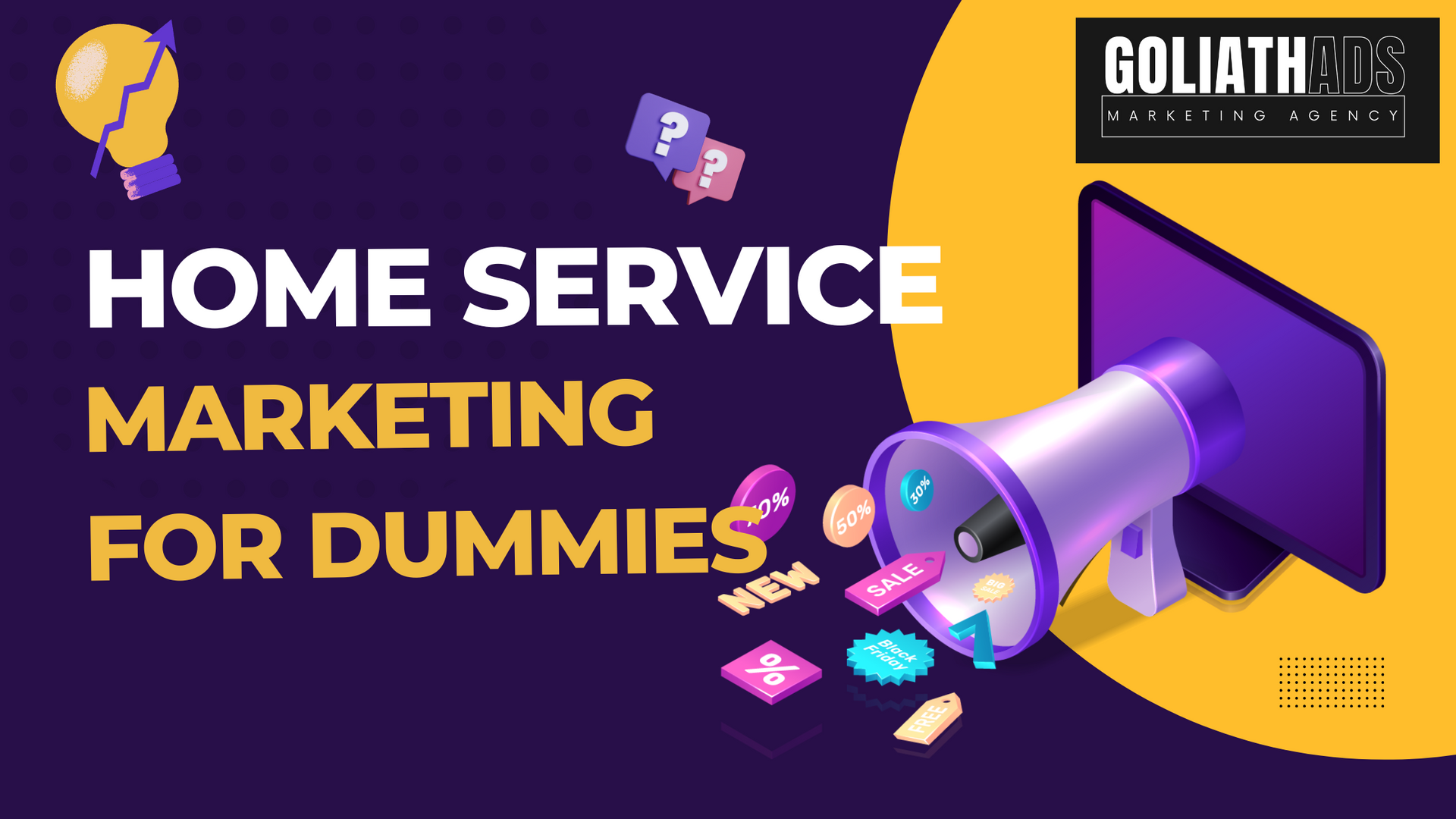Search Engine Marketing (SEM) sits at the crossroads of technology and marketing, where visibility is paramount to success. In today’s digital-first world, SEM is no longer a luxury—it’s a fundamental necessity for businesses. This Ultimate Guide to SEM will serve as your compass in navigating the intricate world of paid search advertising.
Whether you’re a seasoned marketer or new to the digital arena, this guide will equip you with the tools and knowledge to launch and optimize your SEM campaigns for maximum impact.
Understanding SEM
Definition and Key Components
SEM is a digital marketing strategy that involves the promotion of websites by increasing their visibility in search engine results pages (SERPs) primarily through paid advertising. The core components of SEM include keyword research, pay-per-click advertising (PPC), bid management, and analytics tracking.
Difference Between SEO and SEM
While SEO (Search Engine Optimization) focuses on improving website rankings through organic strategies like content creation and website optimization, SEM involves paying for advertisements to appear alongside search results. Both are integral to a holistic digital marketing approach, but SEM provides faster visibility.
Benefits of SEM
- Quick Results: SEM allows for almost instantaneous results, thanks to the immediate visibility that paid ads provide.
- Measurable Outcomes: With SEM, every aspect of the campaign is measurable—clicks, impressions, click-through rates, conversion rates, and more.
- Budget Control: Advertisers can set daily budgets and maximum costs per click, ensuring that spending does not exceed the amounts established for the campaigns.
- Highly Targeted: SEM makes it possible to target ads based on languages, geography, time of day, and user behavior, leading to more relevant traffic.
- Brand Awareness: Even if users do not click through, visibility in search results can increase brand recognition.
- Testing and Optimization: SEM campaigns can be continuously tested and adjusted in real-time to optimize performance and ROI.
- Competitive Advantage: By bidding on key terms, businesses can gain a leg up on competitors who may not be as savvy or present in the SEM space.
SEM Strategies
- Keyword Research and Selection: Identify and select keywords that are most relevant to your business and have high conversion potential. Use keyword planning tools to analyze search volume and competition.
- Effective Ad Copywriting: Craft compelling ad copy that resonates with your target audience. Include clear calls to action and emphasize the unique selling points of your product or service.
- Ad Campaign Structuring: Organize your ads into well-structured campaigns and ad groups based on themes or product categories for better targeting and management.
- Bid Management and Optimization: Monitor and adjust your bids regularly to ensure that you’re competitive in the ad auction while achieving the desired return on investment.
- Landing Page Optimization: Ensure that the landing pages your ads direct to are relevant, user-friendly, and optimized for conversion. A/B testing can help determine the most effective elements.
- Use of Ad Extensions: Enhance your ads with additional information through extensions, such as site links, call buttons, or location details, to improve click-through rates.
- Regular Performance Analysis: Continuously analyze the performance of your SEM campaigns using analytics tools to gain insights and identify areas for improvement.
SEM Tools and Platforms
- Google Ads: The most popular platform for running SEM campaigns, offering a suite of tools to create, manage, and optimize pay-per-click ads.
- Bing Ads: A viable alternative to Google, Bing Ads allows businesses to reach a different segment of the online population.
- SEMrush: An all-encompassing tool that aids in keyword research, competitor analysis, and comprehensive SEM campaign management.
- SpyFu: A competitive intelligence tool that enables you to track your competitors’ search engine marketing tactics and discover profitable keywords.
- Ahrefs: Known for backlink analysis, Ahrefs also offers valuable insights into competitive keyword research and PPC strategies.
- AdEspresso by Hootsuite: This tool specializes in simplifying and testing ad variations to find the most effective SEM campaigns across different platforms.
Tracking and Analytics
Proper tracking and analysis of SEM campaigns are vital for understanding their effectiveness and making informed decisions. Key metrics to monitor include:
- Click-Through Rate (CTR): Measures the number of clicks your ad receives divided by the number of times it’s shown, indicating the relevance and appeal of your ad to your target audience.
- Conversion Rate: The percentage of users who take a desired action after clicking on your ad. This could be a purchase, a sign-up, or another predefined goal.
- Quality Score: A Google Ads metric that influences your ad position and cost per click. It considers factors such as CTR, relevance of each keyword to its ad group, and landing page quality.
- Cost Per Click (CPC): The actual price you pay for each click on your ads. It’s crucial to balance CPC with the potential value of each visitor to ensure profitability.
- Impressions: The number of times your ad is displayed, which can offer insights into market saturation and brand exposure.
Common SEM Mistakes to Avoid
- Ignoring Negative Keywords: Failing to use negative keywords can result in wasted ad spend on irrelevant searches. Negative keywords help you exclude unwanted traffic and refine your campaign’s targeting.
- Neglecting Mobile Users: In today’s mobile-first world, SEM campaigns must be optimized for mobile devices. Ignoring mobile users can lead to missed opportunities and lower engagement.
- Overlooking Ad Extensions: Not utilizing ad extensions means missing out on the chance to provide additional information and create more compelling calls to action within your ads.
- Bidding Too Aggressively: While placing high bids can improve ad placement, it can also quickly exhaust your budget. It’s crucial to find a balance between visibility and cost-effectiveness.
- Setting and Forgetting: SEM requires ongoing attention. Failing to continuously monitor and adjust your campaigns can lead to suboptimal performance and ROI.
- Disregarding Landing Page Experience: High-performing ads mean little if they lead to poor landing pages. Ensuring a seamless and relevant landing page experience is crucial for conversions.
Conclusion
For many businesses, SEM is a gateway to success in the increasingly competitive online market. By harnessing the power of search engines, businesses can promote their products, reach the right audiences, and achieve measurable results.
Remember, SEM is not set-it-and-forget-it; it demands consistent monitoring, testing, and optimization. But with dedication and the right approach, SEM can be a potent tool in your business’s online arsenal.
Whether you’re a seasoned marketer looking to brush up on your SEM knowledge or a business owner new to the digital marketing world, we hope this guide serves as a solid foundation for your SEM endeavors. Ready to launch your campaign? The potential for growth is just a search away.
About Us
To be successful, businesses need to keep their marketing strategies relevant by monitoring changes in the marketplace and adjusting their tactics accordingly. Are you looking to develop a more effective marketing strategy for your siding business? We at Goliath Ads specialize in crafting unique, revenue-driven marketing strategies for businesses, both large and small. Whether you want to generate more leads, increase revenue, or enhance brand awareness our experts can help you achieve your goals with quality and consistent efforts. If you’re seeking to collaborate with top-notch professionals, reach out to us today at 410-210-4568 to discover more about our exceptional SEO services for contractors.



